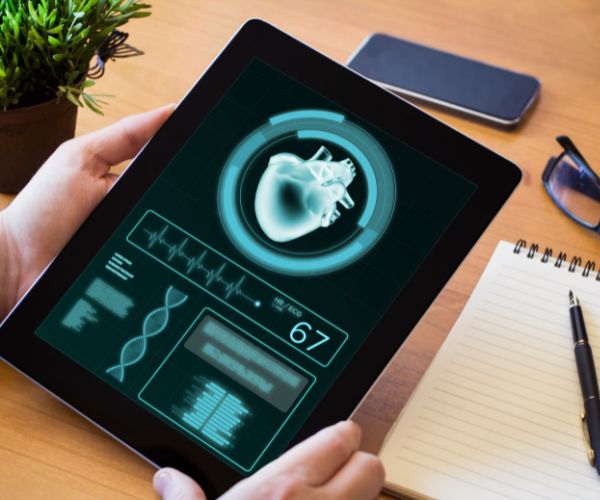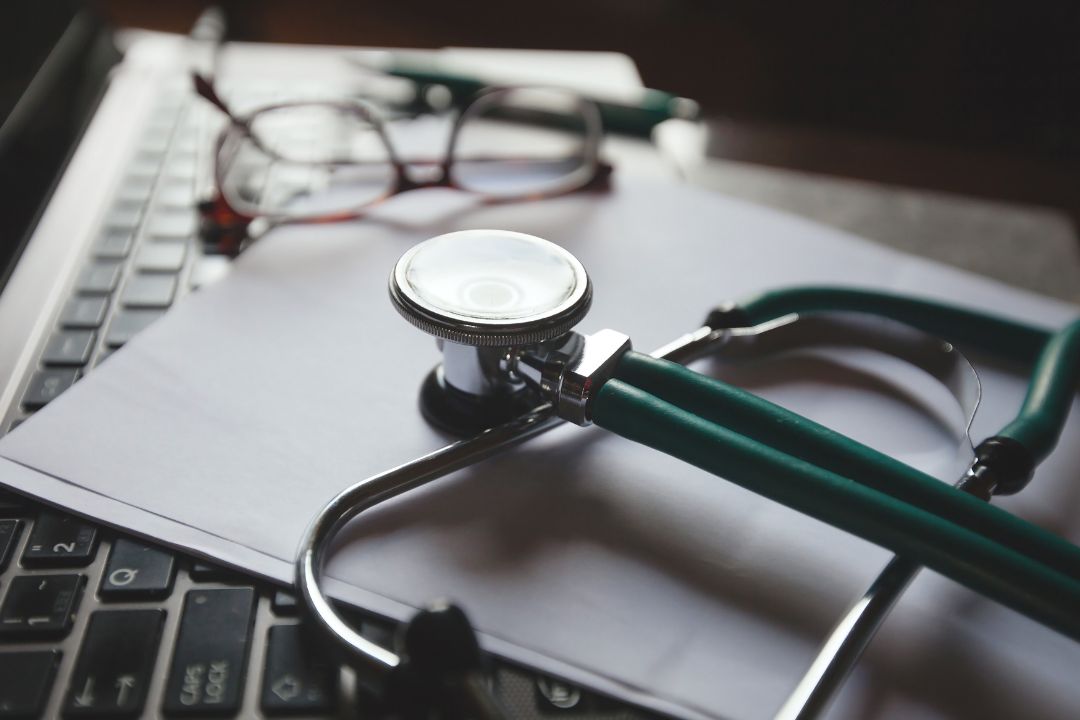In our quest for healthier and safer environments, health inspections play a pivotal role in upholding and monitoring public health standards. These inspections are a systematic evaluation of various establishments to ensure they adhere to established health and safety regulations. This article aims to delve into the intricacies of health inspections, shedding light on their purpose, significance, and the factors that health inspectors focus on during their assessments.
What is a Health Inspection?
A health inspection is a thorough examination conducted by health authorities or regulatory bodies to assess the compliance of establishments with health and safety standards. These inspections encompass a wide range of settings, including restaurants, food processing facilities, healthcare facilities, educational institutions, and more. The primary goal is to identify and rectify potential hazards that could jeopardize public health.

Purpose and Scope of Health Inspections:
The fundamental purpose of health inspections is to safeguard public health by ensuring that establishments maintain a clean and safe environment. These inspections serve as a proactive measure to prevent the outbreak of diseases and the spread of contaminants. The scope of health inspections is broad, covering various aspects such as hygiene, sanitation, food safety, structural integrity, and employee practices. By addressing these factors, health inspections contribute to the overall well-being of communities.
Significance of Health Inspections:
The significance of health inspections cannot be overstated, as they play a crucial role in preventing the occurrence of foodborne illnesses, controlling the spread of infectious diseases, and maintaining a high standard of health in various public spaces. Compliance with health regulations not only protects the consumers but also fosters trust and confidence in the establishments being inspected. Moreover, it contributes to the economic stability of communities by ensuring that businesses operate in a manner that prioritizes public health and safety.
Factors Considered During Health Inspections:
Hygiene and Sanitation:
Health inspectors pay close attention to the cleanliness and sanitation practices within establishments. This includes proper waste disposal, cleanliness of food preparation areas, and the hygiene practices of employees. Ensuring that these standards are met helps prevent the contamination of food and the spread of diseases.
Food Safety:
In establishments dealing with food, a critical focus of health inspections is on food safety measures. This includes proper storage, handling, and cooking of food items. Inspectors assess whether food is stored at the correct temperatures, kitchen equipment is well-maintained, and there is a system in place to prevent cross-contamination.
Structural Integrity:
The physical structure of an establishment is another key area of inspection. This involves assessing the condition of buildings, ventilation systems, plumbing, and other infrastructure elements. A well-maintained and structurally sound environment contributes to both employee and customer safety.
Employee Practices:
The behavior and practices of employees are crucial in maintaining a healthy environment. Health inspectors evaluate whether staff members follow proper hygiene practices, including handwashing, the use of gloves, and overall cleanliness. Proper training programs for employees often contribute to better compliance with health and safety standards.

Role of Technology in Health Inspections:
Digital Checklists:
Utilizing digital checklists and inspection forms for a more efficient and standardized assessment process, allowing inspectors to easily record and analyze data.
Mobile Applications:
Implementing mobile applications that enable inspectors to conduct on-site inspections, capture real-time data, and communicate findings promptly.
Data Analytics Tools:
Employing data analytics tools to analyze inspection data, identify patterns, and gain insights into trends, facilitating more informed decision-making.
Remote Monitoring Systems:
Implementing remote monitoring systems to track and assess certain parameters, such as temperature controls in food storage, ensuring compliance even between scheduled inspections.
Cloud-Based Platforms:
Leveraging cloud-based platforms for data storage, allowing for secure and centralized access to inspection records, reports, and historical data.
Automation and AI:
Integrating automation and artificial intelligence (AI) to streamline routine tasks, such as data entry and analysis, enables inspectors to focus more on complex assessments and decision-making.
Conclusion:
In conclusion, health inspections are indispensable tools for safeguarding public health and ensuring that establishments adhere to established standards. The multifaceted nature of these inspections requires a comprehensive approach, focusing on immunity, hygiene, sanitation, food safety, structural integrity, and employee practices. As technology continues to play a significant role in modernizing inspection processes, regulatory bodies need to harness these tools to improve efficiency and accuracy. By prioritizing health inspections, communities can create environments that foster well-being, trust, and a high quality of life for all.
